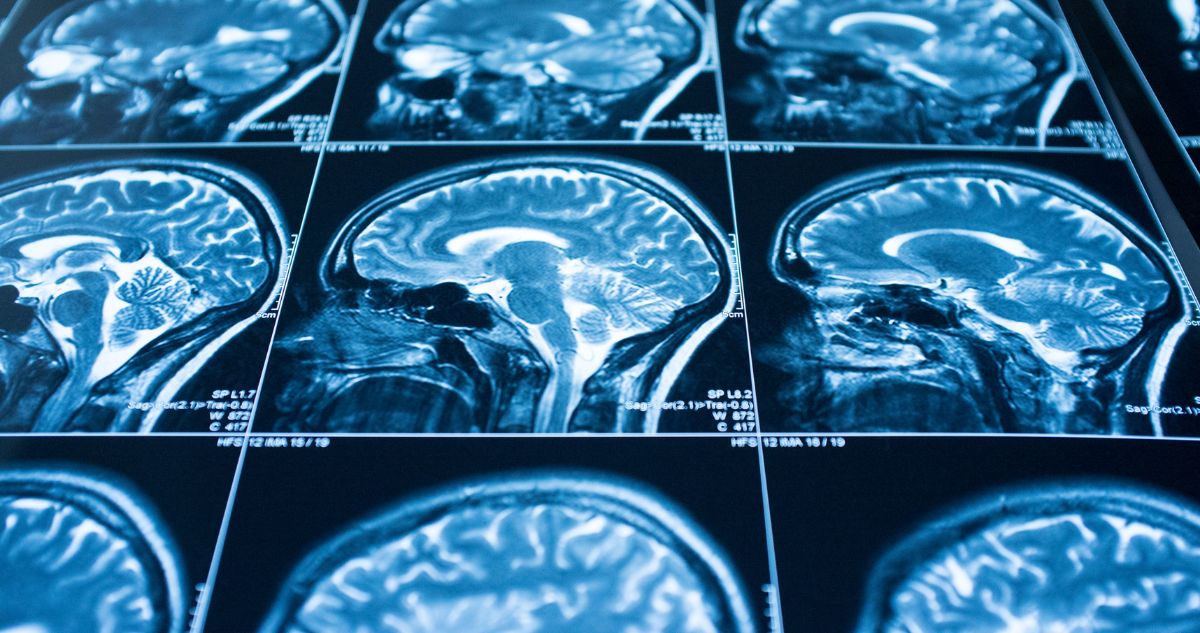
Brain injuries, whether traumatic or acquired, pose significant challenges to both patients and healthcare professionals. The search for effective interventions to promote recovery and mitigate the long-term consequences of such injuries has led to the exploration of innovative therapies. Oxygen therapy, particularly Hyperbaric Oxygen Therapy (HBOT), has emerged as a promising avenue in the realm of brain injury treatment. This article delves into the application of oxygen therapy in brain injuries, exploring the mechanisms, benefits, and current research surrounding this groundbreaking approach.
Oxygen therapy involves the administration of pure oxygen to patients in concentrations higher than those present in ambient air. Hyperbaric Oxygen Therapy, a specific form of oxygen therapy, delivers 100% pure oxygen in a pressurized chamber, allowing the body to absorb increased amounts of oxygen at the cellular level.
Mechanisms of Action
- Improved Oxygenation of Brain Tissues: The primary goal of oxygen therapy in brain injuries is to enhance oxygen delivery to compromised or damaged brain tissues. Oxygen is a vital element for cellular metabolism, and increasing its availability supports energy production and cellular repair processes.
- Reduction of Inflammation: Brain injuries often trigger inflammatory responses that can exacerbate tissue damage. Oxygen therapy has been shown to have anti-inflammatory effects, modulating the immune response and potentially limiting secondary injury cascades.
- Promotion of Neurogenesis and Synaptogenesis: Oxygen therapy may stimulate the formation of new neurons (neurogenesis) and the development of synaptic connections (synaptogenesis). These processes contribute to neural repair and functional recovery after brain injuries.
Applications in Traumatic Brain Injury (TBI) and Stroke
- Traumatic Brain Injury (TBI): The use of oxygen therapy, particularly HBOT, in the treatment of traumatic brain injuries has gained attention. Studies suggest that early initiation of HBOT may reduce neuroinflammation, improve cognitive outcomes, and enhance overall recovery in individuals with TBI.
- Stroke: Oxygen therapy is being explored as an adjunctive treatment for stroke, aiming to salvage at-risk brain tissue and improve neurological outcomes. By increasing oxygen availability, this therapy may contribute to the rehabilitation of stroke survivors and mitigate the consequences of cerebral ischemia.
Research and Clinical Evidence
While research on the efficacy of oxygen therapy in brain injuries is ongoing, several studies have provided promising insights. Clinical trials exploring the use of HBOT in traumatic brain injuries and strokes have shown positive outcomes, including improvements in cognitive function, reduced disability, and enhanced quality of life for patients.
Oxygen therapy, when administered under the guidance of trained healthcare professionals, is generally considered safe. However, individual patient characteristics and medical histories should be carefully evaluated to determine the appropriateness of the therapy. Potential risks and contraindications, such as the risk of oxygen toxicity, should be considered in the clinical decision-making process.
Oxygen therapy, and specifically Hyperbaric Oxygen Therapy, represents a compelling avenue for the treatment of brain injuries. The potential to enhance oxygenation, reduce inflammation, and promote neural repair makes this therapy a valuable addition to the arsenal of interventions available to healthcare professionals. As research continues to unfold, the application of oxygen therapy in brain injuries holds promise for improving patient outcomes and fostering new avenues for rehabilitation in the challenging landscape of neurological disorders.

